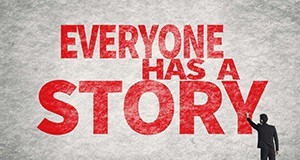Abstract
There’s nothing like a great story to catch people’s attention. Extension faculty can use storytelling techniques to develop strong impact statements that communicate the results of their programming. This 3-page fact sheet dissects the different elements of an impact story, explains how to connect a story to the large impact of the program, and provides an example of a success story with impact statement. Written by Amy Harder and Ruth Borger, and published by the Agricultural Education and Communication Department, January 2016.
AEC579/WC241: Guidelines for Writing Quality Impact Statements for Workload and Marketing (ufl.edu)
References
Benge, M., & Harder, A. (2008). Creating interest in learners. AEC 393. Gainesvile: Institute of Food and Agricultural Sciences. Available at http://edis.ifas.ufl.edu/WC074 https://doi.org/10.32473/edis-wc074-2008


